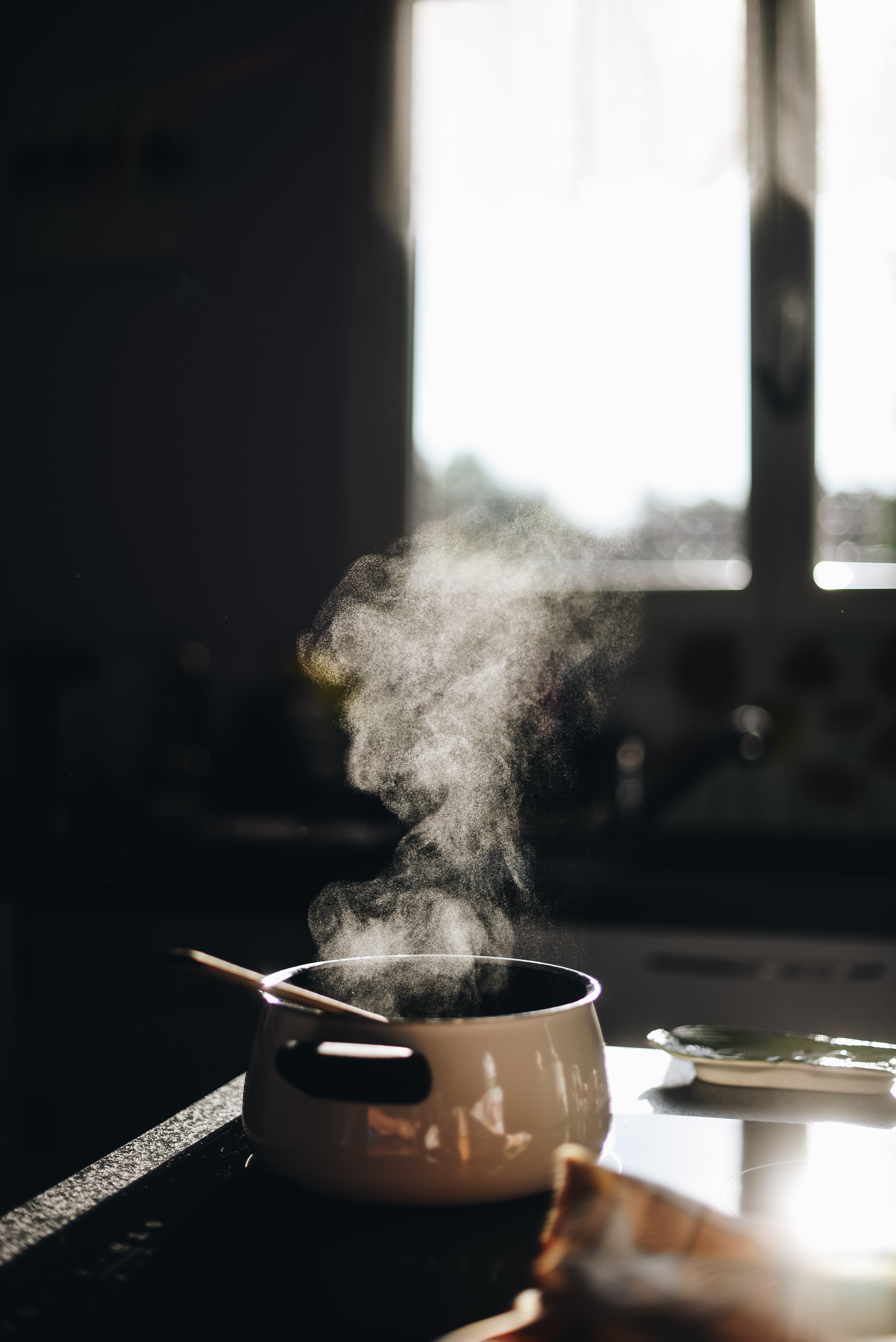Lesson 7. A Simple Guide to Chinese Adverbs Word Order


In the previous post, we have learned how to construct a basic Chinese sentence. Today, we will learn how to build up other information using adverbs.
1. Basic Sentence Structure
The basic form of Chinese sentence structure is Subject + Verb + Object.
| Subject | Verb | Object |
| 我 | 吃 | 火鍋。 |
| 我 | 吃 | 火锅。 |
| Wǒ | chī | huǒguō. |
| I | eat | hotpot. |
2. Adverb of Time
Adverb of time is generally placed right after the subject. Sometimes you might find them in the beginning, but not at the end of the sentence.
| Subject | Adverb of Time | Verb Phrase |
| 我 | 昨天 | 吃火鍋。 |
| 我 | 昨天 | 吃火锅。 |
| Wǒ | zuó tiān | chī huǒguō. |
| I | ate hotpot yesterday. | |
3. Adverb of Place
Adverb of place is usually written after the subject and before the verb phrase. There is an exception for some verbs (e.g. 坐,住,走,躺,站), which come after the verb phrases.
| Subject | Adverb of Time | Adverb of Place | Verb Phrase |
| 我 | 昨天 | 在家裡 | 吃火鍋。 |
| 我 | 昨天 | 在家里 | 吃火锅。 |
| Wǒ | zuó tiān | zài jiālǐ | chī huǒguō. |
| I | ate hotpot at home yesterday. | ||
4. Adverb of Manner
Adverb of manner refers to how an action in performed. Note that you can also form adverbs by adding 地 and 得 beside the adjectives.
| Subject | Adverb of Time | Adverb of Manner | Adverb of Place | Verb Phrase |
| 我 | 昨天 | 高高興興地 | 在家裡 | 吃火鍋。 |
| 我 | 昨天 | 高高兴兴地 | 在家里 | 吃火锅。 |
| Wǒ | zuó tiān | gāo gāoxìng xìng de | zài jiālǐ | chī huǒguō. |
| I | ate hotpot happily at home yesterday. | |||
5. Adverb of Frequency
Just like adverb of time, we put the adverb of frequency after the subject.
| Subject | Adverb of Frequency | Adverb of Place | Verb Phrase |
| 我 | 偶爾 | 在家裡 | 吃火鍋。 |
| 我 | 偶尔 | 在家里 | 吃火锅。 |
| Wǒ | ǒu’ěr | zài jiālǐ | chī huǒguō. |
| I | occasionally eat hotpot at home. | ||
6. Duration of Time
Last but not least, we can add the duration of time after the verb phrase to indicate the length of time that an action occurs.
| Subject | Adverb of Time | Adverb of Place | Verb Phrase | Duration of Time |
| 我 | 昨天 | 在家裡 | 吃火鍋吃了 | 三個小時。 |
| 我 | 昨天 | 在家里 | 吃火锅吃了 | 三个小时。 |
| Wǒ | zuó tiān | zài jiālǐ | chī huǒguō chīle | sān gè xiǎoshí. |
| I | ate hotpot at home yesterday | for three hours. | ||
Start learning Chinese today! Join us at LingoCards!